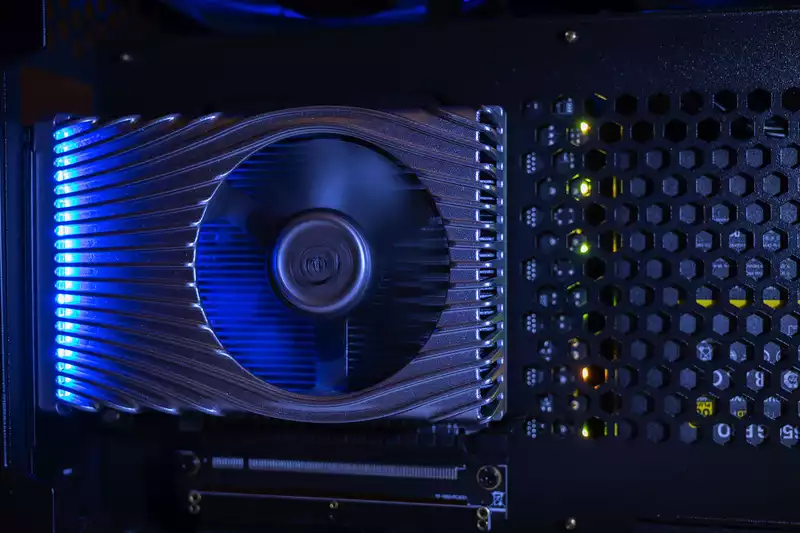Intel has selected a newly enhanced version of TSMC's 7nm manufacturing process for its upcoming Xe-based DG2 gaming cards, with Reuters reporting that the new GPU will be released later this year or early 2022.
DG2 is a high-performance GPU that follows the Xe graphics core found in Intel's new Tiger Lake mobile CPUs and will be included in the upcoming Rocket Lake desktop chips. Intel also produces a discrete DG1 GPU based on the new Xe architecture designed for thin and light notebooks.
However, DG2 is expected to be a very significant improvement over DG1. As we reported recently, according to the Intel graphics driver dump, DG2 will increase the number of execution units from 96 in DG1 to a full 512 EU. If this is correct, DG2 could well be competitive with the latest graphics cards from AMD and Nvidia, assuming that desktop GPUs are clocked higher than DG1 and integrated Xe graphics, which are optimized for mobile use.
Indeed, if the reports are correct and Intel has secured access to TSMC's enhanced 7nm process, it will have an advantage over AMD and Nvidia, although Nvidia is using Samsung's 8nm node for its new Ampere GPU. considered inferior to the "standard" TSMC process used by AMD.
It is not clear exactly what advantages the supposedly enhanced 7nm process will bring. However, a slight increase in transistor density, improved power efficiency, and increased clock speeds are likely candidates.
If true, Intel's process advantage in the GPU market by outsourcing manufacturing to third parties is clearly ironic given its well-known internal struggles with the 10nm process. [This is consistent with earlier rumors suggesting that DG2 is fast enough to compete with the Nvidia GeForce RTX 3070.
As we have previously noted, Nvidia and AMD GPU supplies are very tight, and the entry of another competitive company into the gaming graphics market would be very welcome Intel's DG2 does not need to be the fastest GPU in town to turn things around. It will not. If the DG2 is comparable to AMD's and Nvidia's $500 offerings, it would be an impressive achievement and truly valuable to gamers.


Comments